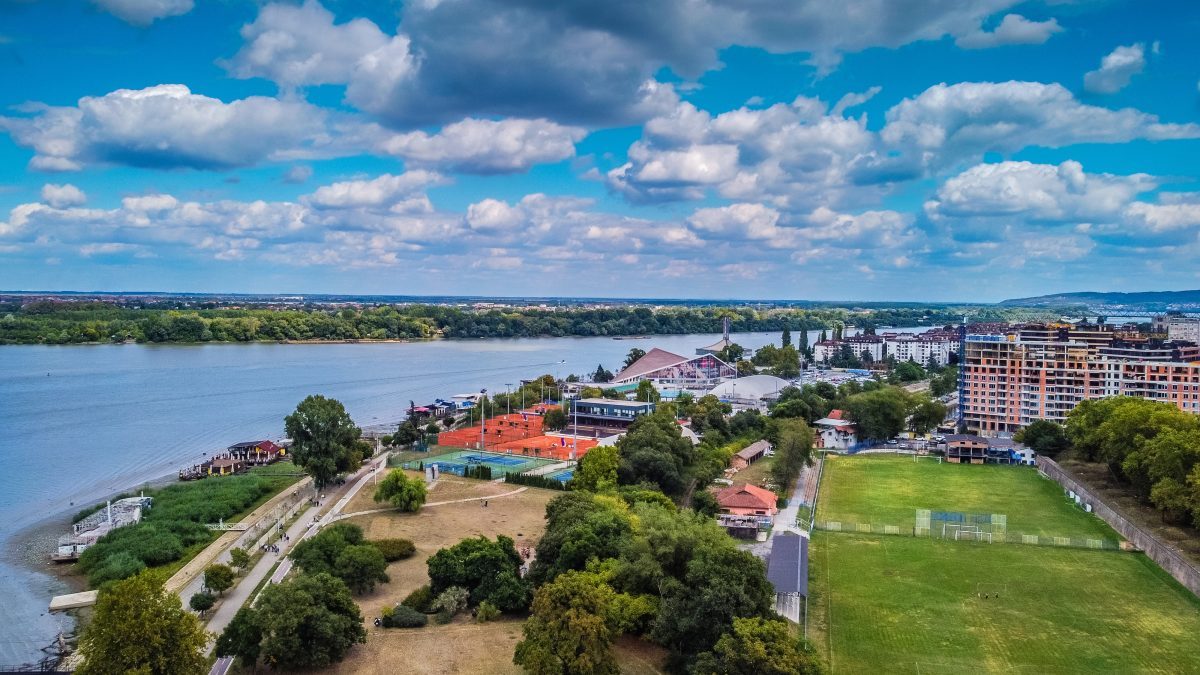Languages Spoken in Belgrade: An Overview
Belgrade is a city filled with rich history, culture, and diversity. As the capital and largest city of Serbia, it’s no surprise that it’s a melting pot of various languages. In this article, we’ll take a closer look at the languages spoken in Belgrade and explore some interesting facts about each of them.
Serbian Language
The official language of Belgrade is Serbian. Serbian is a Slavic language and is spoken by the majority of the city’s population. It’s the official language of Serbia and is also a recognized minority language in several neighboring countries, including Croatia and Montenegro.Serbian is written using the Cyrillic alphabet, which may be a bit challenging for those who are not used to it, but there are also many Latin-based letters used in everyday writing. If you’re planning a visit to Belgrade, it’s recommended that you learn some basic Serbian phrases to help you get around and communicate with locals.
English Language
English is also widely spoken in Belgrade, particularly among younger generations, professionals, and those in the tourism industry. It’s considered to be the second most commonly spoken language in the city. This can be attributed to the fact that many Serbian schoolchildren learn English as a second language in school, and the prevalence of English-language media, such as movies and TV shows.
Russian Language
Russian is another language that’s quite commonly spoken in Belgrade, particularly among the older generations. This can be attributed to historical ties between Serbia and Russia, as well as the fact that Russian was taught in Serbian schools during the communist era.
Other Languages
Other languages spoken in Belgrade include Bosnian, Croatian, and Hungarian, which are all recognized minority languages in Serbia. Turkish is also spoken by a small Turkish community in the city. Additionally, due to Belgrade’s reputation as a cultural and educational hub, speakers of numerous other languages can be found here as well.
Conclusion
In conclusion, Belgrade is a city with a rich linguistic history and diversity. While Serbian remains the dominant language in the city, English is widely spoken and other languages such as Russian, Bosnian, Croatian, and Hungarian are recognized minority languages. Whether you’re a local or a visitor to Belgrade, knowing a bit about these various languages will enhance your experience and help you better connect with those around you.
The Belgrade Insider’s Guide
Belgrade, the lively and vibrant capital of Serbia, is a lesser-known European destination that is waiting to be explored. The city is at the confluence of the Danube and Sava rivers and is a unique blend of the old and the new. The city is brimming with history, culture, nightlife, and charming locals. Here’s an insider’s guide to the city that will help you explore its many facets.
Local Attractions in Belgrade
There are plenty of things to do and see in Belgrade. Start with a visit to Kalemegdan, an ancient fortress that is now a park in the city center. Take a stroll through the streets of the Bohemian district of Skadarlija, where you can enjoy traditional Serbian food and wine. Visit Ada Ciganlija, a lakeside recreational area where you can indulge in water sports, hiking, biking, and more. Don’t forget to check out the stunning St. Sava Temple, one of the largest Orthodox churches in the world.
Dining Spots in Belgrade
Serbian cuisine is a blend of Mediterranean and Central European flavors. You’ll find plenty of restaurants serving traditional Serbian dishes like cevapi, pljeskavica, and karadjordjeva schnitzel. For a fine dining experience, try Franš, which serves contemporary Serbian cuisine. Tri Šešira in Skadarlija is a great place to try traditional Serbian dishes. For an Instagram-worthy experience, check out the trendy Mala Fabrika Ukusa, a restaurant serving organic and locally sourced dishes with a modern twist.
Cultural Experiences in Belgrade
Belgrade has a rich cultural heritage that is reflected in its architecture, museums, and galleries. Visit the National Museum to see an extensive collection of Serbian art, artifacts, and history. The Museum of Contemporary Art is a must-visit for art lovers. For opera and ballet, head to the Opera and Ballet Theater. For a unique cultural experience, don’t miss the Saint Sava Day Festival in January, where you can enjoy traditional Serbian music, food, and dance.
Local History in Belgrade
Belgrade has a long and storied history stretching back to ancient times. Visit the Museum of Yugoslav History to learn about the country’s communist past. The Museum of Illusions is a fun way to immerse yourself in the city’s history and culture. Don’t forget to visit the Nikola Tesla Museum, which celebrates the life and work of the great inventor. The Museum of Vuk and Dositej is a fantastic place to learn about the Serbian language and its history.
Off-the-Beaten-Path Suggestions in Belgrade
Belgrade has plenty of hidden gems that are waiting to be discovered. Take a stroll through the colorful Kalenic Market, where you can find fresh produce, meat, and dairy products. Go underground and explore the mysterious tunnels beneath the Kalemegdan fortress. Visit the Red Star Stadium, home of the famous soccer club, and attend a match if you can. For a unique experience, visit the House of Flowers, Tito’s mausoleum, which houses the former Yugoslav leader’s remains.
Belgrade is a unique destination that has something to offer every type of traveler. Whether you’re interested in history, culture, cuisine, or just want to have a good time, you’re sure to find something that will pique your interest. Use this insider’s guide to make the most of your next visit to Belgrade.
Table of Contents

